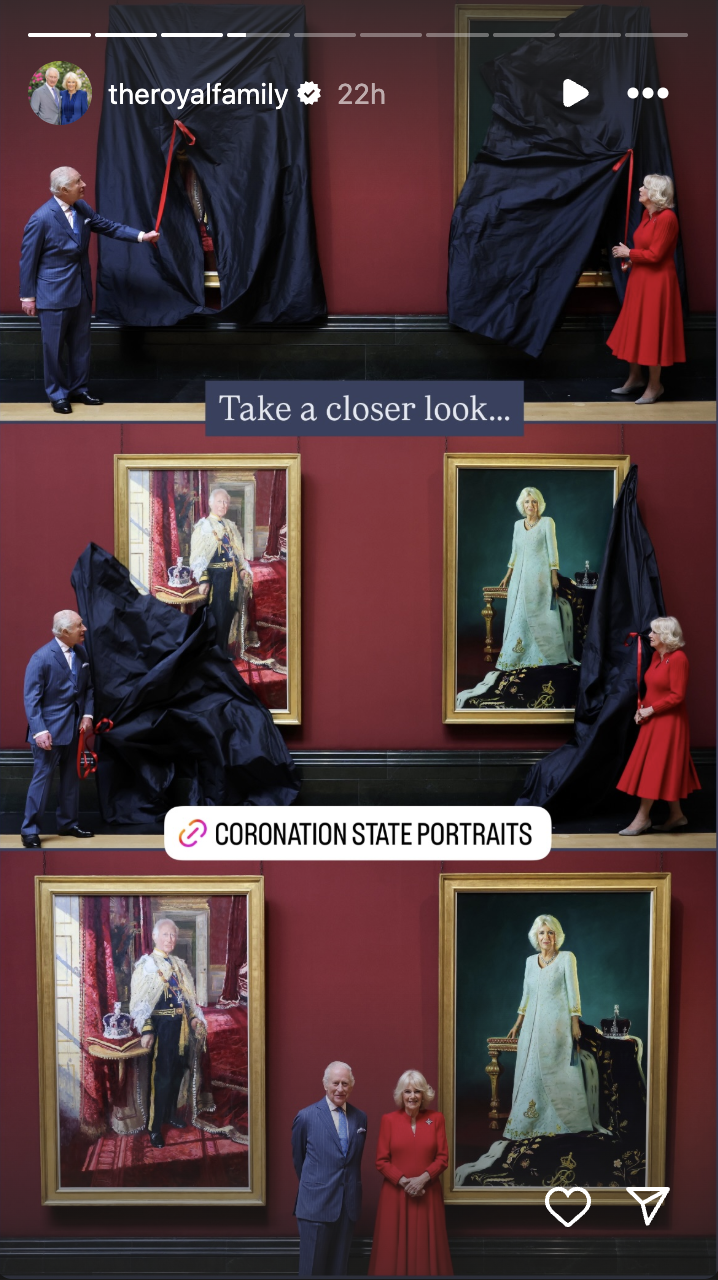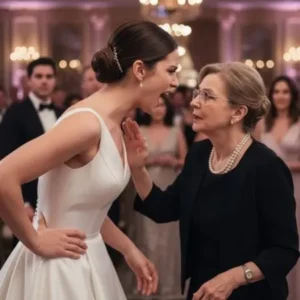Royal Portraits Unveiled, Stirring Public Reaction
Two newly unveiled portraits of King Charles III and Queen Camilla have sparked both admiration and criticism, reigniting a centuries-old royal tradition. These official coronation state portraits were revealed at the National Gallery in London, marking the second anniversary of their coronation in 2023. Commissioned to celebrate this milestone, the paintings continue a long-standing royal custom while generating a mix of reactions online.
Artists Behind the Portraits
Each royal selected their own artist for the project. King Charles chose Peter Kuhfeld, while Queen Camilla selected Paul S. Benney. Both artists are experienced in royal commissions and have worked with the monarchs before. The portraits were displayed together for the first time at the National Gallery’s Central Hall.
Exhibit Dates and Future Display
The paintings will be on view at the gallery from May 6 to June 5, 2025. Afterward, they will be moved to the Throne Room at Buckingham Palace. The public will be able to view them again during the Summer Opening of the State Rooms, from July 10 to September 28, 2025.
The Portraits in Detail
-
King Charles’ Portrait: In his portrait by Kuhfeld, King Charles is dressed in ceremonial regalia and stands beside the Imperial State Crown. The background features rich red and gold tones, with open doors and textured curtains adding depth to the image.
-
Queen Camilla’s Portrait: Queen Camilla, painted by Benney, is dressed in a white gown with subtle gold embroidery. She stands beside a table adorned with the Queen Mary Crown, and the dark green backdrop contrasts with her light-toned attire. The portrait exudes elegance, completed with a necklace and bracelet.

King Charles and Queen Camilla unveil their state coronation portraits, as seen on The Royal Family’s Instagram Story | Source: Instagram/theroyalfamily
Mixed Public Reactions
The portraits have sparked diverse opinions, especially on Instagram. While Queen Camilla’s depiction received praise, King Charles’ portrait drew more critical feedback. Some viewers complimented Camilla’s portrait, calling it “stunning,” while others felt King Charles’ painting lacked appeal. Some comments pointed to the stylized nature of both works, with one person noting that Camilla’s portrait seemed overly “filtered.”
A Royal Tradition Continues
Despite the varied responses, these portraits uphold a longstanding royal tradition. They serve as official representations of the monarch and will be part of the royal collection, joining a legacy of coronation portraits from past British monarchs. These works commemorate a significant chapter in the monarchy’s history.
A Personal Moment Shared
Just weeks before the unveiling, King Charles and Queen Camilla celebrated their 20th wedding anniversary with a photoshoot in Italy. Captured at Villa Wolkonsky in Rome, the couple shared tender moments during the shoot. King Charles was overheard telling Camilla, “This is lovely… beautiful… come closer,” showing a rare moment of affection between the royal couple.
A Historic Visit to Italy
The couple’s anniversary coincided with their four-day state visit to Italy. During the trip, King Charles and Queen Camilla made appearances in Rome and Ravenna, reinforcing diplomatic ties between the United Kingdom and Italy. Their visit was marked by formal engagements, including a meeting with Italian President Sergio Mattarella.
Behind the Scenes of the Visit
The visit also included personal moments, such as a stroll through Rome, where the couple waved to onlookers. Their social media shared candid images from their time in Italy, including their visit to see President Mattarella and the scenic Colosseum. The trip highlighted their strong connection to Italy and their enduring relationship.
Prince Harry’s Legal Battle
Meanwhile, Prince Harry appeared in court in the UK to contest a decision regarding his security during visits. The case highlighted his ongoing struggle to ensure protection while in Britain. Despite his willingness to pay for police protection, UK law dictates that such security must be funded centrally, not privately.





